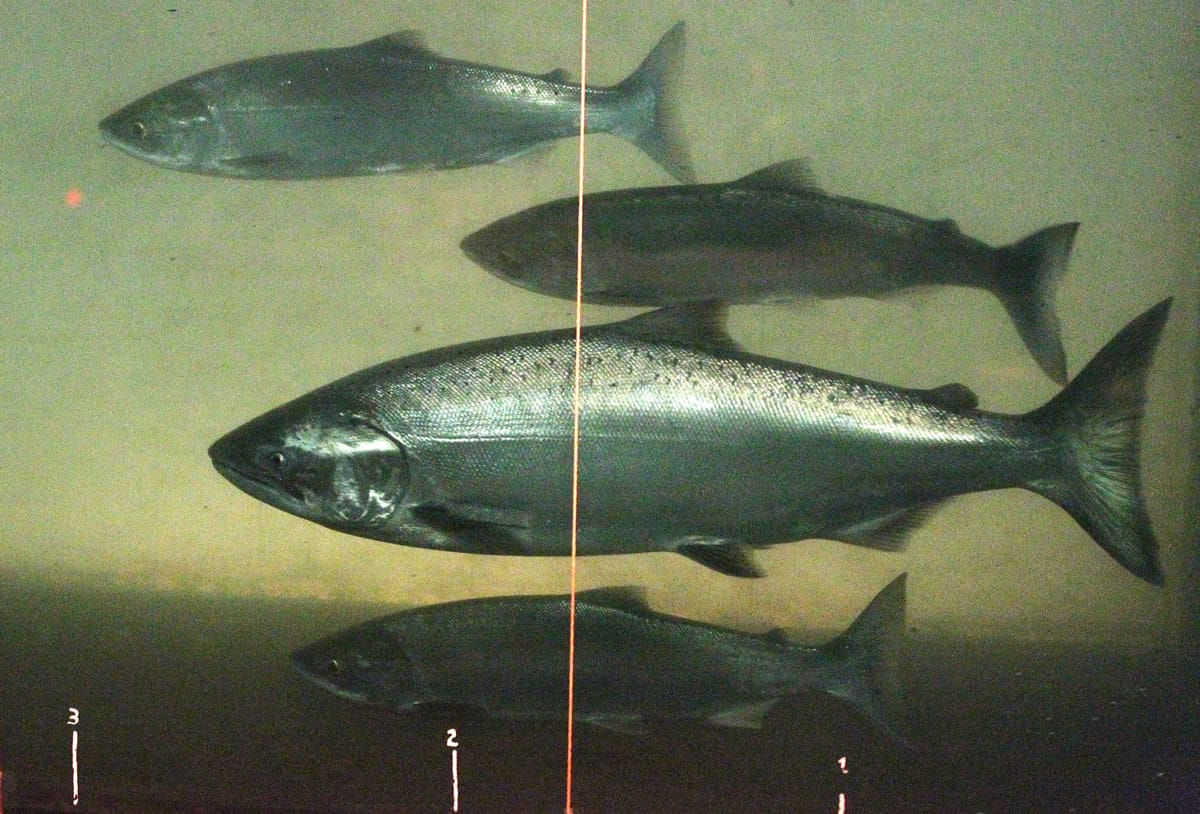The federal government is standing by its previous plans for managing the Columbia River to prevent the extinction of its salmon and steelhead. That means little would change for dam operations on the West’s biggest river — but only if it wins court approval.
Officials Friday released the finalized plan, known as the biological opinion. It guides dam operations to assure they do not lead to the extinction of 13 species of salmon and steelhead that are protected under the Endangered Species Act. The plan has been the subject of more than 20 years of legal conflict between people who want to protect salmon and people who want the dams to produce hydroelectricity and maintain shipping traditions.
The National Oceanic and Atmospheric Administration is the lead agency in developing the biological opinion. It says the current plan is on track to meet Endangered Species Act goals for the federally protected fish. NOAA officials say the plan may better protect some fish than previously thought.
“The actions outlined in the biological opinion, and the operation of the hydro system, is designed to move us in the direction towards recovery and avoid jeopardy, and this program does that,” said NOAA’s Barry Thom. “It actually does improve the status of the populations over time. But it is not designed to achieve ultimate recovery of the population.”



